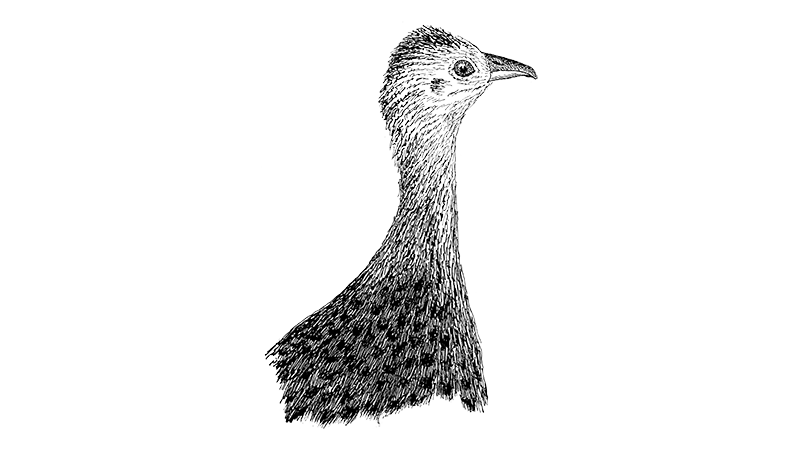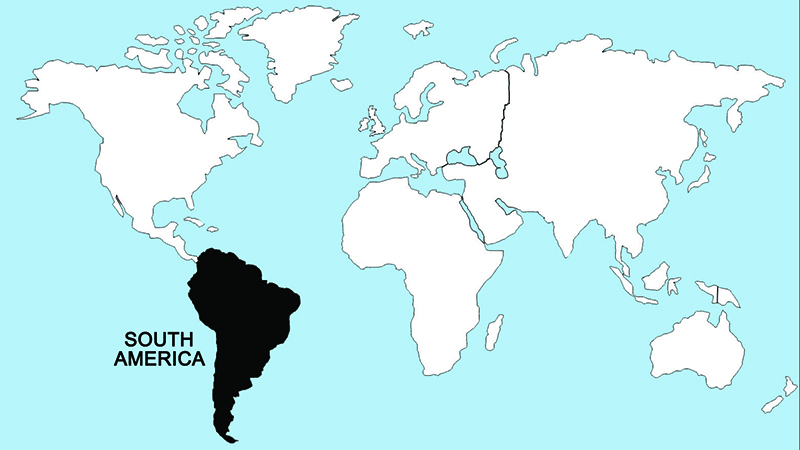Spotted Tinamou

Tinamous are an ancient branch of the bird phylogeny, which appear to be related to the large, flightless birds such as rheas, emus and ostriches, which lack keels on their sternums. Tinamous have keeled breastbones and can fly well, at least over fairly short distances. There are nearly 50 species of tinamous, which range from Mexico to southernmost South America and from sea level to the alpine zone. They range in size from that of a domestic chicken to a small quail, and, apart from a longer, slimmer beak, might well be confused with one of the gallinaceous species. Tinamous are mostly varied hues of brown and buff, matching the colors of dead vegetation, and the birds run well, often preferring that mode of escape over flight. All tinamous nest on the ground, and lay eggs that are notable for being highly colorful and with porcelain-like surfaces. The eggs are incubated by the male, and hatch in 2–3 weeks. The chicks are precocial, and are self-sufficient within a few weeks.
The spotted tinamou is a relatively small grassland species ranging from eastern Brazil to southern Argentina. Its back and chest have a combination of streaked and spotted feathers, and its conspicuous large eyes are yellow to yellowish orange. To a greater degree than with many tinamous, it is inclined to “freeze” rather than run when frightened, which means it is likely to flush at close range.

Regions Birds Are Found

Collection Location & Year
Uruguay 2005
Taxonomy
| Order | Tinamiformes |
|---|---|
| Family | Tinamidae |
| Tribe | Tinamidae |
| Species | Nothura |
| Genus | maculosa |
Gender
Female & Male
References
- Elliot, A., J. del Hoyo, J. Sargatal, and C. Imboden, eds. 1992. Handbook of Birds of the World. Vol. 1 (Ostriches to Ducks). Barcelona, Spain: Lynx Editions.
- Sick, H. 1993. Birds in Brazil: A Natural History. Princeton, NJ: Princeton University Press.